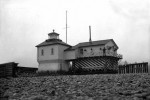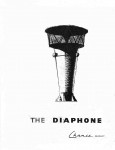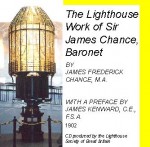 The following extracts taken from early Victoria, British Columbia (BC) newspapers are credited to Leona Taylor for her excellent work in indexing the papers. Full information can be found here: “Index of Historical Victoria Newspapers“, 2007-09.
The following extracts taken from early Victoria, British Columbia (BC) newspapers are credited to Leona Taylor for her excellent work in indexing the papers. Full information can be found here: “Index of Historical Victoria Newspapers“, 2007-09.
************************************
W P Daykin, of Carmanah Point, who came from the West Coast lighthouse with his son in an open boat in 45 hours, has been conducting some signalling experiments, using a 25-candle power incandescent light. Mr Daykin sent messages from the vicinity of the Marine hospital, which were received by Mr E J Haughton of the Canadian Pacific Railway telegraph staff, without difficulty. Mr Daykin, who has had long experience in signalling in connection with his extended lighthouse service, has invented a new system of signalling by night, using the Morse code. In the past signals have been sent by flashes and fixed glares of a white light, but Mr Daykin has substituted a red light, by placing a red glass in front of the light, for the dash, thus avoiding confusion which has occurred in the past regarding the duration of the dot or dash shown by the white light. [Colonist, 1903-04-25] Continue reading Lighthouse History – 21 (1903-04-25 to 1904-04-17)






